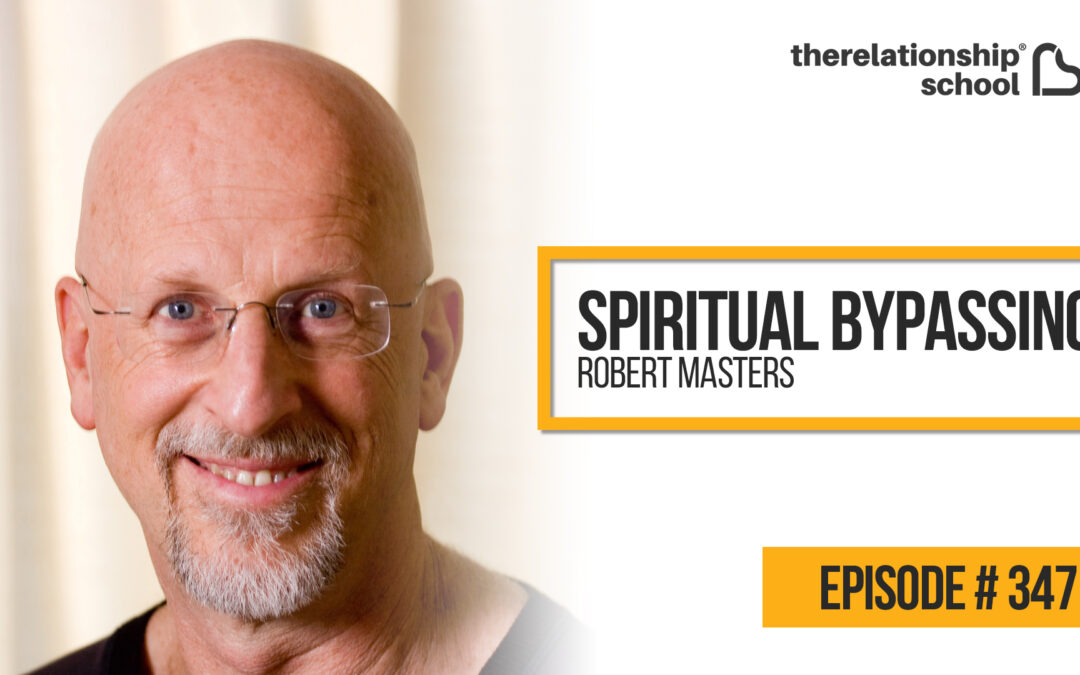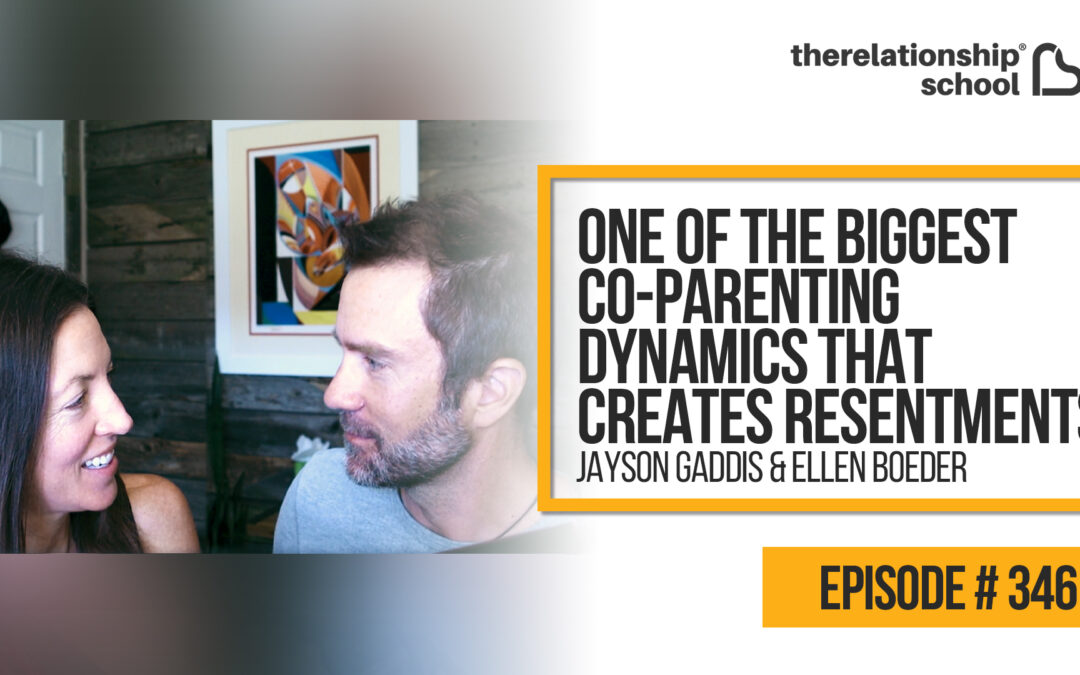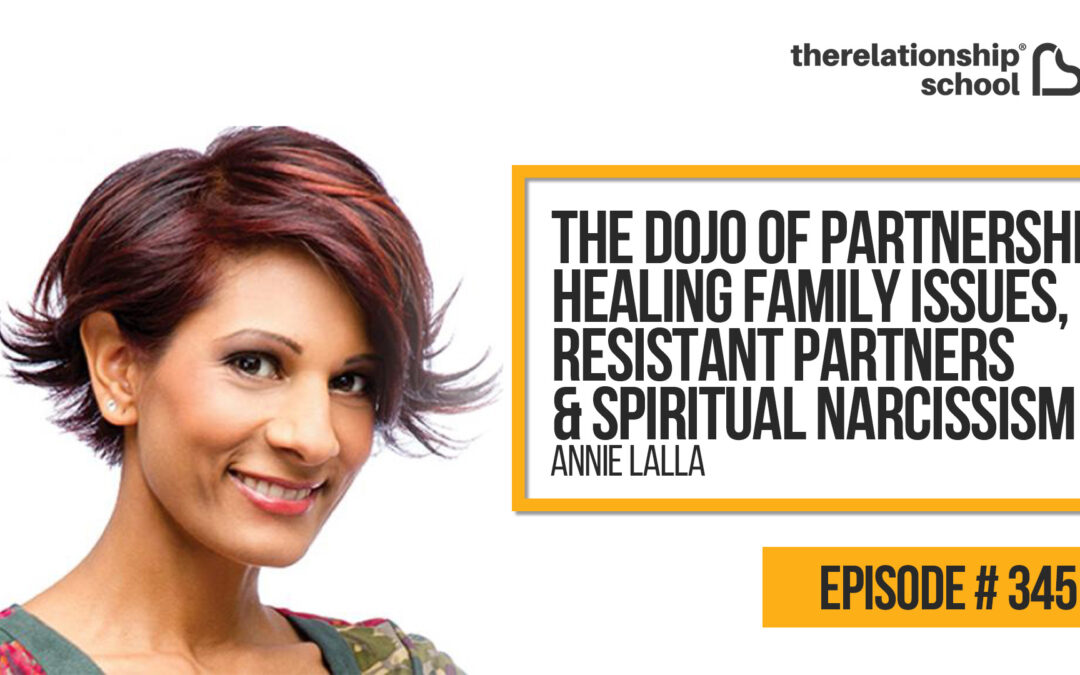Men, Pleasure, and Power – Shana James – 348
Is there such thing as a positive connotation to the words “power” and “pleasure?”
The word “power” is often thought of in the context of men asserting power over women. At the same time, “pleasure” can be thought of as selfish and frivolous or unnecessary—or it can be associated with unhealthy things.
But like everything, there’s a good and a bad side to each. Feeling empowered—believing in yourself—is a positive thing and is something to strive for, both individually and in relationships. Pleasure, as an enemy to pain, is also something you want to experience.
Coach, podcast host, and author Shana James focuses her expertise on men and the issues they face in relationships. She discusses how it’s possible for power and pleasure to overlap—and why men especially should stop pressuring themselves.
It’s Okay to Feel Empowered and to Feel Pleasure.
There are lots of ways to feel empowered, for both men and women. In a good context, feeling empowered can mean knowing yourself in order to access your pleasure.
Often, women are stressed and have a tough time experiencing pleasure—and men can get so focused on making women happy, they lose their own pleasure.
Pleasure can encompass several areas as well—it doesn’t just have to be sexual. If you think about all the things that increase dopamine, the list can get pretty long. In fact, pleasure can be something relaxing, like reading a book, sitting on the beach, or painting a picture.
But it’s important to distinguish between healthy pleasure and pleasure that isn’t good for you.
Know Yourself to Know What’s Good for You.
Culture and society teach us a lot of “shoulds” as we grow up. A lot of the time, we are programmed to do what someone else thinks is right for us—and we may not even know what we truly want.
If we don’t know what we want, we can’t experience true pleasure. Sure, it’s easy (especially for men) to look for a quick hit of pleasure and relief from stress, like sugary foods or porn provide. But that won’t satiate in the long run.
It takes a clear mind to think about whether something is truly beneficial for us—whether it will serve our highest good. And in order to do this, we must know ourselves and be okay with who we are…rather than who we think someone else wants us to be.
Be in Tune with Yourself.
You can’t experience pleasure when you aren’t in tune with your body, and that goes for both men and women. While women have a hard time feeling pleasure if maybe the laundry isn’t put away or the dishes are dirty, it’s important to know that about yourself and communicate it to your partner.
Empowerment Can Come Through Pleasure.
Most men have a hard time accessing their pleasure when they’re focusing on creating pleasure for their partner. We get so focused on “getting it right” and what will make her happy that we lose touch with ourselves in the process.
Men inherently want to know in advance whether something will work or will make their partner happy—and that’s exhausting! Communicate…ask your partner questions. It’s okay to have these conversations.
As long as you’re setting out to prove your worth, fix a situation, or do things perfectly, you’re setting yourself up to fail. Allow yourself to make mistakes…be vulnerable. Once you do that, you’ll increase pleasure for your partner AND yourself.
Be Okay with Imperfection.
You can’t be everything for your partner—and the same is true in reverse. Once you both recognize this truth, your relationship itself will be empowered. And that place of empowerment gives your relationship strength and puts you both in a place to experience pleasure as well.



















